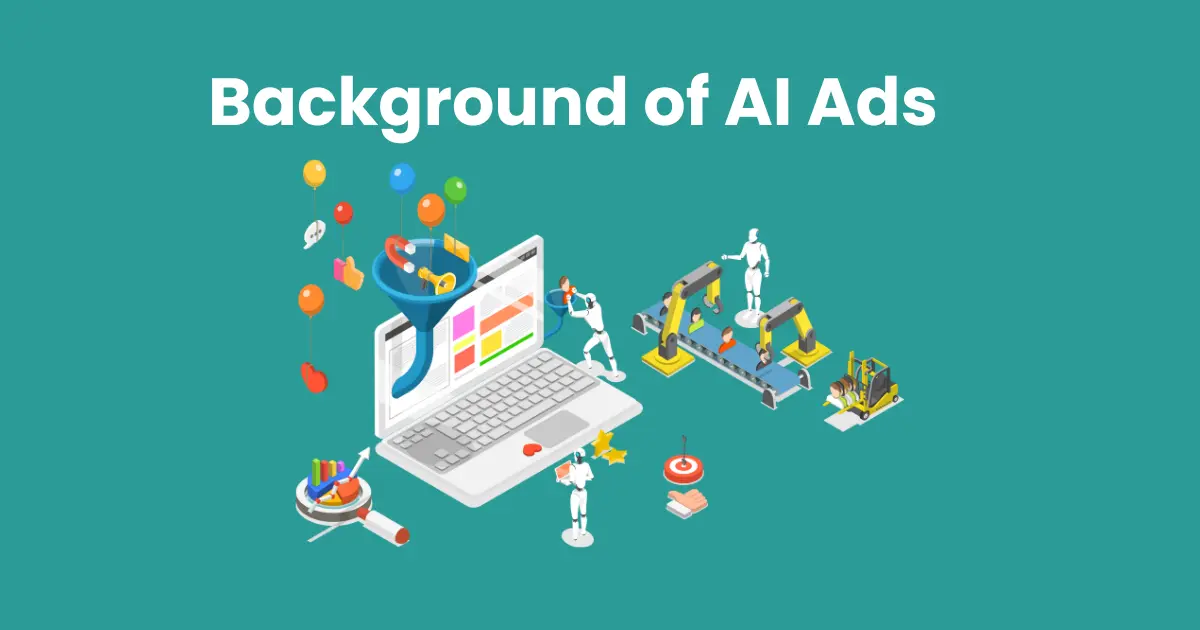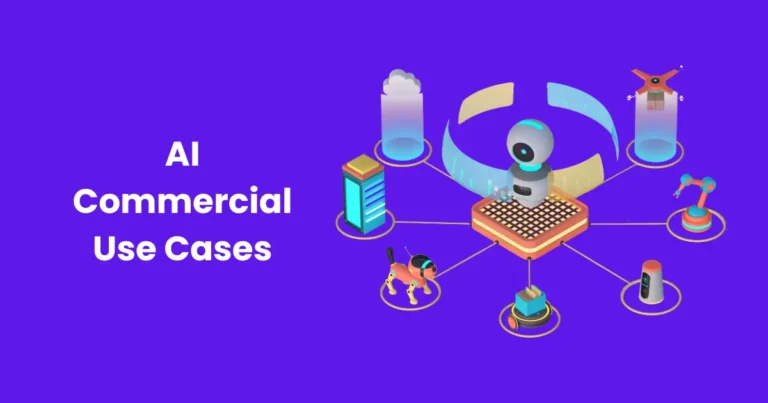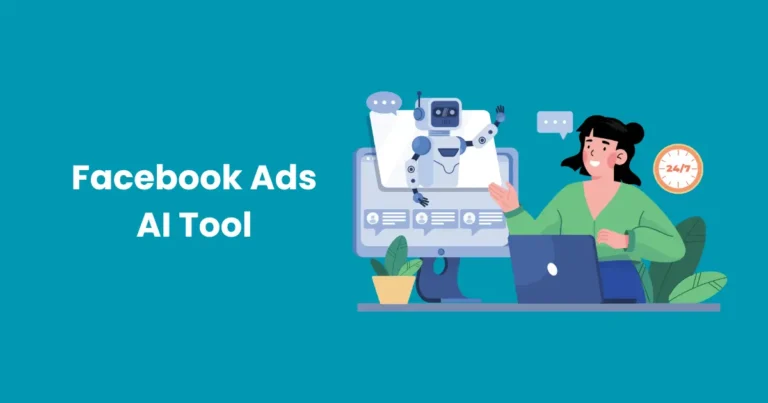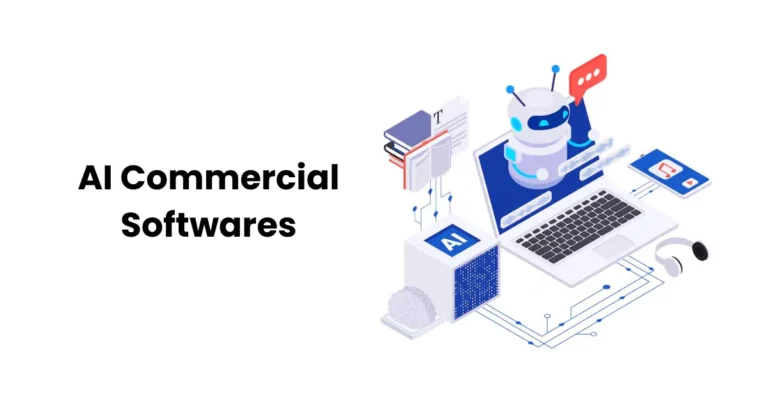Background of AI Ads | Milestones in the Evolution of AI Ads

Contents
- 1 Early Innovations in Digital Advertising
- 2 The Rise of Artificial Intelligence in Advertising
- 3 Core Technologies Powering AI Ads
- 4 Milestones in the Evolution of AI Ads
- 4.1 1. Emergence of Programmatic Advertising (2007-2010)
- 4.2 2. Integration of Machine Learning (2010-2015)
- 4.3 3. Rise of Predictive Analytics (2015-2018)
- 4.4 4. AI-Powered Creative Tools (2018-2020)
- 4.5 5. Adoption of Voice Search and Conversational AI (2019-2022)
- 4.6 6. Integration with Emerging Technologies (2022-Present)
- 5 Impact of AI Ads on the Advertising Industry
- 6 Challenges and Ethical Concerns in AI Advertising
The background of AI ads highlights a revolutionary journey where traditional advertising evolved into a sophisticated, data-driven strategy powered by artificial intelligence. Over the years, AI has reshaped how businesses approach advertising, enabling hyper-targeted campaigns that adapt to consumer behavior in real-time. This transformation has bridged the gap between brands and their audiences, creating personalized, efficient, and impactful marketing strategies. By exploring the origins and advancements of AI in advertising, we can better appreciate its profound impact on the modern marketing landscape.
Early Innovations in Digital Advertising
The journey toward the background of AI ads began with the foundational era of digital advertising. During the late 1990s and early 2000s, digital advertising primarily relied on static banner ads and basic targeting methods. These early innovations paved the way for the sophisticated systems we see today.
- Banner Ads: The introduction of banner ads, such as the first-ever clickable ad in 1994, marked a pivotal moment in online marketing. These ads were simple, relying on eye-catching graphics to drive traffic to websites.
- Search Engine Advertising: Platforms like Google AdWords (now Google Ads) revolutionized digital marketing in the early 2000s. Advertisers could bid on keywords to display ads alongside search results, a practice that set the stage for programmatic advertising.
- Cookie-Based Tracking: The use of cookies allowed advertisers to track user behavior and deliver slightly personalized ads. This innovation laid the groundwork for the data-driven precision of AI ads.
- Email Marketing: While not AI-driven, email marketing introduced automation to digital campaigns, enabling businesses to target users at scale.
These early innovations, while groundbreaking at the time, lacked the intelligence and adaptability that AI would later introduce. However, they set critical precedents for understanding audience behavior and measuring ad performance, forming the foundation of the background of AI ads.
The Rise of Artificial Intelligence in Advertising
The background of AI ads reflects a transformative era where artificial intelligence (AI) emerged as a cornerstone of modern advertising. This rise fundamentally altered how brands strategize, execute, and optimize their campaigns, shifting the focus from broad audience targeting to individualized consumer experiences.

- From Automation to Intelligence
Early advancements in programmatic advertising introduced automation into digital marketing, allowing advertisers to buy and place ads efficiently. However, the integration of AI took this a step further by enabling real-time analysis and decision-making based on vast amounts of consumer data. AI-powered systems began tailoring content dynamically, ensuring ads were more relevant and engaging. - Personalization at Scale
One of AI’s greatest contributions has been its ability to deliver hyper-personalized experiences at scale. By analyzing browsing habits, purchase history, and demographic data, AI creates ads that resonate deeply with individual users. For example, streaming services like Netflix and Spotify use AI to recommend content, while e-commerce platforms suggest products based on user preferences. - Ad Performance Optimization
AI has redefined how campaigns are monitored and optimized. Machine learning algorithms analyze key performance indicators (KPIs) such as click-through rates (CTR), conversions, and engagement. These insights allow advertisers to adjust strategies instantly, maximizing return on investment (ROI). - AI-Driven Creative Processes
Beyond data, AI is also influencing creative aspects of advertising. Tools like AI-generated ad copy, visual recognition, and predictive design help marketers craft content that appeals to their audience’s emotions and preferences.
The background of AI ads illustrates a paradigm shift in advertising, where data-driven insights and machine intelligence have redefined consumer engagement. This rise continues to evolve, shaping the future of advertising in unimaginable ways.
Core Technologies Powering AI Ads
The background of AI ads is rooted in several advanced technologies that drive their success. These core technologies enable the precise targeting, personalization, and automation that define AI-powered advertising.

1. Machine Learning
Machine learning is at the heart of AI ads. It enables systems to analyze vast datasets, recognize patterns, and make data-driven decisions. By continuously learning from user behavior, machine learning enhances ad targeting and campaign optimization. For example:
- Predicting which products a user is most likely to purchase.
- Adjusting ad bids in real time for better cost efficiency.
2. Natural Language Processing (NLP)
Natural language processing allows AI systems to understand, interpret, and generate human-like language. This technology powers chatbots, voice search optimization, and AI-generated ad copy. In advertising, NLP helps:
- Personalize ad messaging based on user sentiment.
- Enhance voice-enabled searches on platforms like Google or Alexa.
- Create conversational marketing tools that mimic human interaction.
3. Predictive Analytics
Predictive analytics uses historical data to forecast future trends and behaviors. This technology helps advertisers anticipate customer needs and adjust strategies proactively. It is instrumental in:
- Identifying the best time to display ads.
- Predicting the likelihood of user engagement or purchase.
- Segmenting audiences for tailored campaigns.
4. Computer Vision
Computer vision enables AI to interpret and analyze visual data, such as images and videos. This technology is crucial for visual recognition in advertising, allowing:
- Targeting based on user-uploaded images or video content.
- Enhancing ad creatives with visually appealing, context-sensitive designs.
5. Big Data Analytics
The vast amounts of data generated daily require advanced analytics to uncover actionable insights. Big data analytics works alongside AI to:
- Process large datasets quickly and efficiently.
- Identify complex correlations between user behaviors and ad performance.
6. Personalization Engines
AI-powered personalization engines combine data analytics with real-time decision-making to create individualized user experiences. These engines dynamically tailor:
- Product recommendations.
- Ad creatives displayed to specific audience segments.
The background of AI ads demonstrates that these technologies work synergistically, driving innovation and effectiveness in modern advertising campaigns. As these tools evolve, they will continue to redefine how brands connect with consumers.
Milestones in the Evolution of AI Ads
The background of AI ads is marked by significant milestones that reflect how artificial intelligence has revolutionized the advertising landscape. Each milestone has brought new capabilities, reshaping the way brands engage with their audiences.

1. Emergence of Programmatic Advertising (2007-2010)
The introduction of programmatic advertising platforms revolutionized ad buying by automating the process. Early systems used basic algorithms to allocate ad placements efficiently, setting the stage for the integration of AI.
- Platforms like Google AdWords pioneered automated ad bidding.
- Real-time bidding (RTB) became a cornerstone of digital advertising.
2. Integration of Machine Learning (2010-2015)
As machine learning matured, advertisers began leveraging its ability to analyze and predict user behavior. This era marked a shift from manual targeting to AI-driven campaigns.
- Machine learning allowed for personalized ad delivery based on browsing habits.
- Platforms like Facebook Ads and Google Ads integrated AI to improve targeting precision.
3. Rise of Predictive Analytics (2015-2018)
Predictive analytics transformed advertising by enabling advertisers to anticipate customer needs and preferences.
- Tools like IBM Watson and Adobe Sensei offered insights into user behavior.
- Marketers could predict purchase likelihood, enhancing ad relevance.
4. AI-Powered Creative Tools (2018-2020)
AI began influencing the creative aspects of advertising, enabling dynamic content generation and testing.
- AI-generated ad copy and designs streamlined creative workflows.
- Dynamic ad personalization allowed for real-time adaptation based on user interactions.
5. Adoption of Voice Search and Conversational AI (2019-2022)
The popularity of voice-enabled devices, such as Amazon Alexa and Google Assistant, introduced new advertising channels.
- Voice search optimization became a priority for advertisers.
- AI-powered chatbots facilitated conversational marketing.
6. Integration with Emerging Technologies (2022-Present)
The convergence of AI with technologies like augmented reality (AR), virtual reality (VR), and blockchain brought immersive and secure advertising experiences.
- AR and VR ads provided interactive engagement opportunities.
- Blockchain enhanced ad transparency and reduced fraud.
These milestones illustrate how the background of AI ads has evolved through continuous innovation. Each phase not only advanced advertising strategies but also deepened the connection between brands and their audiences. As AI continues to develop, the future of advertising holds limitless possibilities.
Impact of AI Ads on the Advertising Industry
The background of AI ads has significantly influenced the advertising industry, driving unparalleled transformation in how businesses approach marketing. AI-powered advertising has created more personalized, efficient, and data-driven campaigns, benefiting both advertisers and consumers.

1. Enhanced Personalization
AI ads have revolutionized personalization by leveraging user data to craft tailored experiences. This has improved audience engagement and conversion rates.
- Ads now address specific user preferences, making content more relevant.
- Dynamic creative optimization (DCO) allows real-time adjustments based on user interactions.
2. Improved Ad Targeting
AI excels in audience segmentation and precise targeting, ensuring the right message reaches the right person at the right time.
- Behavioral analysis identifies patterns to predict future consumer actions.
- Geo-targeting and contextual advertising improve local and situational relevance.
3. Increased Efficiency
AI has streamlined advertising processes, reducing costs and time while maximizing ROI.
- Automated bidding in programmatic advertising eliminates manual adjustments.
- Campaign performance is continuously monitored and optimized in real-time.
4. Data-Driven Decision Making
With the ability to process vast datasets, AI provides actionable insights for advertisers.
- Performance metrics such as click-through rates (CTR) and conversion rates are analyzed instantly.
- Predictive analytics helps forecast trends, ensuring proactive campaign planning.
5. Influence on Creative Strategies
AI-powered tools have reshaped how ads are designed and delivered.
- AI generates ad copy, images, and even videos, reducing dependency on human creativity.
- Visual recognition technology ensures ads align with users’ visual preferences.
6. Transformation of Consumer Behavior
AI has changed how consumers interact with ads, fostering more meaningful engagement.
- Chatbots and conversational AI provide instant responses to user queries.
- Voice-activated ads through smart devices have created new interaction channels.
7. Challenges and Ethical Considerations
While the benefits of AI ads are immense, they also pose challenges:
- Concerns over data privacy and security remain critical issues.
- Over-targeting can lead to ad fatigue and a negative consumer experience.
The background of AI ads underscores their profound impact on the advertising industry. By enhancing efficiency, personalization, and creativity, AI has redefined the rules of marketing, setting a new standard for how brands connect with their audiences.
Challenges and Ethical Concerns in AI Advertising
While the background of AI ads showcases innovation and efficiency, it also brings challenges and ethical concerns that require careful consideration. As AI continues to shape the advertising landscape, addressing these issues is crucial for building trust and maintaining industry standards.

1. Data Privacy and Security
One of the most significant concerns in AI advertising is the use of consumer data.
- Challenge: AI relies heavily on collecting and analyzing vast amounts of user data, raising concerns about data breaches and unauthorized usage.
- Impact: Misuse or mishandling of personal information can erode consumer trust and lead to legal repercussions.
- Solution: Compliance with data protection laws like GDPR and CCPA, along with transparent data usage policies, is essential.
2. Lack of Transparency in Algorithms
AI algorithms often function as “black boxes,” making it challenging to understand how decisions are made.
- Challenge: Advertisers and consumers may struggle to trust the results of AI-driven campaigns without clear explanations of how targeting or ad placement decisions are made.
- Impact: This lack of transparency can lead to skepticism and reduced trust in AI systems.
- Solution: Implementing explainable AI (XAI) can provide insights into decision-making processes, improving accountability.
3. Potential for Bias and Discrimination
AI systems can unintentionally perpetuate biases present in training data.
- Challenge: Biased algorithms may result in discriminatory ad targeting, excluding certain demographics or reinforcing stereotypes.
- Impact: Such outcomes can harm a brand’s reputation and alienate audiences.
- Solution: Regular audits of AI systems and diverse datasets can minimize bias in AI-driven advertising.
4. Over-Targeting and Ad Fatigue
The precision of AI ads can sometimes lead to over-targeting, bombarding users with repetitive ads.
- Challenge: Excessive exposure to the same ads can lead to ad fatigue, reducing campaign effectiveness.
- Impact: Users may develop negative perceptions of a brand due to intrusive advertising.
- Solution: Frequency capping and diversified ad creatives can help maintain user engagement without overwhelming them.
5. Ethical Use of AI in Consumer Interaction
AI-powered tools like chatbots and personalized recommendations raise ethical questions.
- Challenge: Consumers may not always realize they are interacting with AI, leading to issues of deception or manipulation.
- Impact: Lack of disclosure can harm the brand-consumer relationship.
- Solution: Clear communication about AI usage ensures transparency and fosters trust.
6. Job Displacement in Creative Roles
The adoption of AI in advertising has automated many tasks, reducing the need for human involvement in some areas.
- Challenge: Automation has raised concerns about job displacement in creative and analytical roles.
- Impact: This shift may lead to workforce imbalances and reduced opportunities in traditional advertising careers.
- Solution: Encouraging upskilling and integrating human creativity with AI tools can balance innovation and employment.
The background of AI ads reveals both immense potential and critical challenges. By addressing these concerns proactively, advertisers can harness the power of AI responsibly, ensuring it benefits businesses and consumers alike while maintaining ethical standards.
Conclusion
The background of AI ads highlights a transformative journey in the advertising industry, marked by innovation and adaptability. From its humble beginnings with banner ads to the era of hyper-personalized campaigns, AI has reshaped how brands connect with their audiences. By integrating advanced technologies such as machine learning, natural language processing, and predictive analytics, AI ads deliver targeted, efficient, and highly engaging experiences.
AI’s impact extends beyond performance metrics—it has fundamentally changed creative strategies, consumer interactions, and decision-making processes. While challenges like data privacy and ethical concerns persist, the benefits of AI in advertising far outweigh the drawbacks. The continuous evolution of AI ensures that advertising will remain dynamic, innovative, and increasingly consumer-focused.
As businesses continue to explore the potential of AI, the future of advertising promises greater personalization, immersive experiences, and unparalleled efficiency. The background of AI ads serves as a testament to the power of technology in shaping the way brands communicate, paving the way for a more connected and interactive digital marketing landscape.






